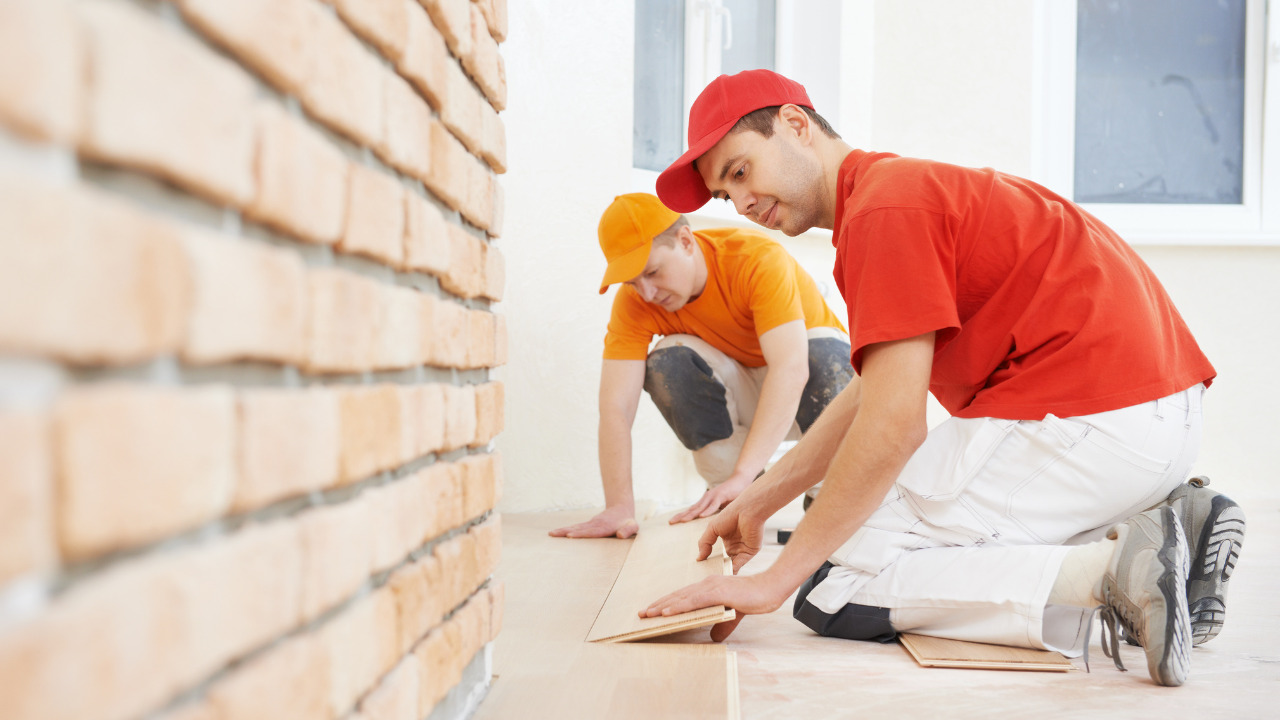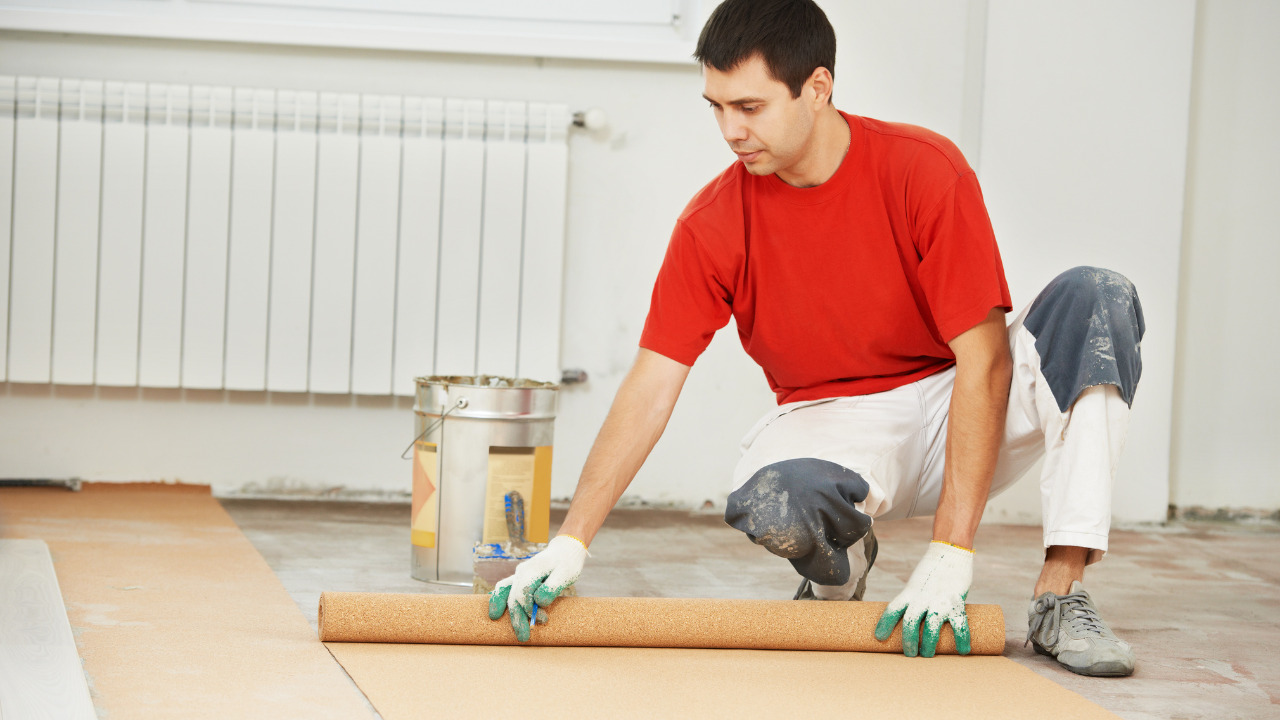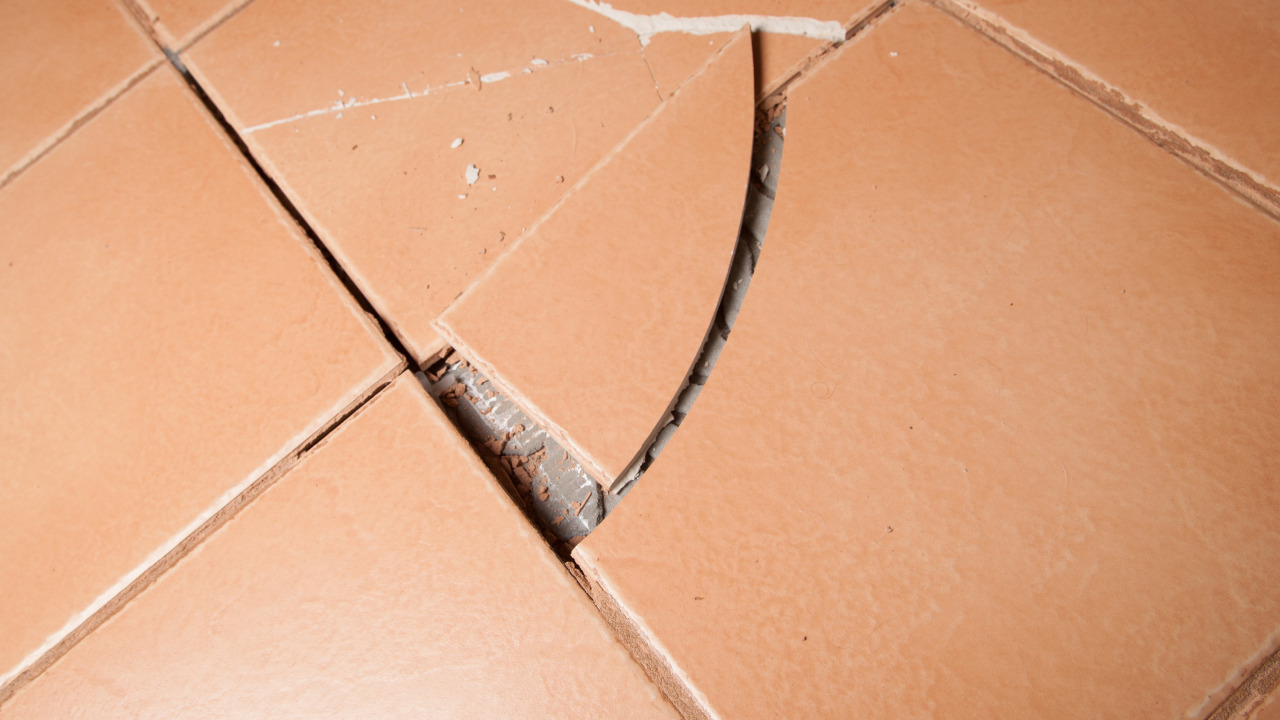No matter where you lived, you probably immediately interacted with a squeaky floor that makes the freaking voice every time. It could be more irritating and terrible at midnight when you go to the kitchen to drink water and hit a squeaky floor. Unfortunately, this squeakiness will go wild over time.
You must maintain or treat your floor instantly to eliminate these annoying voices. It doesn’t mean that you have to hire a professional every time for this issue. You can also deal with it yourself after reading this post.
There are several reasons behind the squeaky floors, including the poor installation and low wood quality. So, you cannot choose a treatment for the surface without knowing the leading cause.
If you also think that the noisy floor occurs because of a structural problem, we will help to clear this concept with more details and facts. Let’s focus on each cause behind the noisy floor to find the right solution.
Table of Contents
What Are The Reasons For Squeaky Floor
To eliminate the irritating noises from your wood floor, you must focus on the main reason behind this issue. A squeaky floor is not always because of poor installation. That’s why stop blaming the contractors and consider the correct facts to get the right solution.
There would be many reasons behind an inappropriate and noisy floor. Let’s discuss a few of them.
Changes In Humidity Level
Undoubtedly, most people don’t consider this fact. But changes in the humidity levels surely disturb the structural pattern of the wood floor. So, the seasonal expansion because of humidity might be the main reason for the squeakiness of flooring.
We all know that wood expands because of moisture and water absorption from the air. On the other hand, you may suffer from the wood contraction issue in the winter season. The contraction creates gaps between the floorboards. The cracks and gaps create noise from the floor when you step on it.
The best thing is that you don’t need to worry about seasonal contraction because it will go when spring or summer arrives.
Issues In the Floor’s Layers
If your floor faces a squeakiness issue, it might be because of inappropriate floor layers. The wood floor is based on the upper, joists and lower layers. The main reason for considering the joists in the wood floor structure is to increase the integrity.
Contractors install the joists using nails. If you hear some freaking noise out from your floor, it may be because of losing joist nails.
Solution
You must tighten the nails for complex layering instead of changing or installing the whole structure again. To tighten the nails yourself, use a hammer and place the nails between the subfloor and floor joists. Moreover, clean out all the remaining residues of shims after nailing.
Consequently, use a super adhesive for filling the floor gaps and cracks.
Gaps Between Each Floor Layer
As we mentioned above, nails may lose over time that joins the joists and subfloors. In this case, space occurs between the subfloor and the floor surface. These gaps lead to squeaky voices out from the flooring.
Solution
If you want to resolve this issue, you have to consider the following steps:
- Determine the thickness level of the floor
- Check the registers and heat indicators by peeling back the metal material to reveal the levels of your floor.
- If you want to check the thickness level of the floor, use a power drill.
- You don’t need to drill the holes throughout the surface but only between the upper and subfloor layer.
- Fill the drilled holes with the screws using the power drill.
The screws will help tighten the floor and bring all layers near to one another. No gaps, no squeaky voices!
Fill The Cracks
Ideally, filling the floor cracks with the WD-40 is an effortless and quick way to get rid of annoying voices. The best thing is that you don’t require professional skills to perform this action. All you need to do is use a suitable filler to fill inside the gaps and flooring cracks.
However, using the filler in extreme amounts is not a good option for your floor. If you are doing this, it may damage the whole floor’s surface. But it’s okay for all types of wood floors to use the filler appropriately or with the help of professionals.
Before filling the cracks, it’s better to determine the affected area. So, you can save the other area from unnecessary filling. Remember that you cannot move the boards once you have placed the WD-40. So, set the position of the boards before starting this process.
Frequently Asked Questions
Does The Noise Occur Because Of Structural Issues?
According to the points discussed above, there are many reasons behind the annoying voices on the floor. So, it’s not accurate to only blame the flooring structure for the squeakiness.
Don’t worry; squeaky floors are not dangerous for humans and the overall flooring surface. But these floors may irritate your routine or comfort because of noise popping.
So, you can fix this issue by considering the right solution yourself. However, you can also hire a professional if you don’t know about the flooring structure of your home.
How Much Does It Cost To Repair A Squeaky Floor?
Contrary to popular belief, repairing squeaky floorboards can run anywhere from $100 to $9,000. Home remedies are available for squeaky floors but aren’t always the greatest option. These home kits can run as much as $50. Your flooring’s usability is also important. This makes it easier to solve the issue if you have access.
Reaching the second-story floor is more difficult than reaching the first-floor padding.
When Do I Need To Hire A Floor Expert?
There are a variety of potential causes for squeaky floors—research a general neighborhood contractor with flooring experience. However, you can also have a hidden problem that goes unnoticed unless you often work with floors.
Your best bet is to choose a qualified contractor familiar with how both new and old floors operate. A wonderful suggestion is to hire a house inspector to inspect all buildings thoroughly.
Conclusion
Hopefully, you get the correct answer after reading this article. In short, the structure is not an issue behind the freaking noise of your floor. It may be because of humidity changes, inappropriate floor layers and loose floor joists.
Moreover, it also occurs because of gaps and cracks between the floorboards. Now, it’s up to you to choose the right floor repair option according to your needs and requirements.









